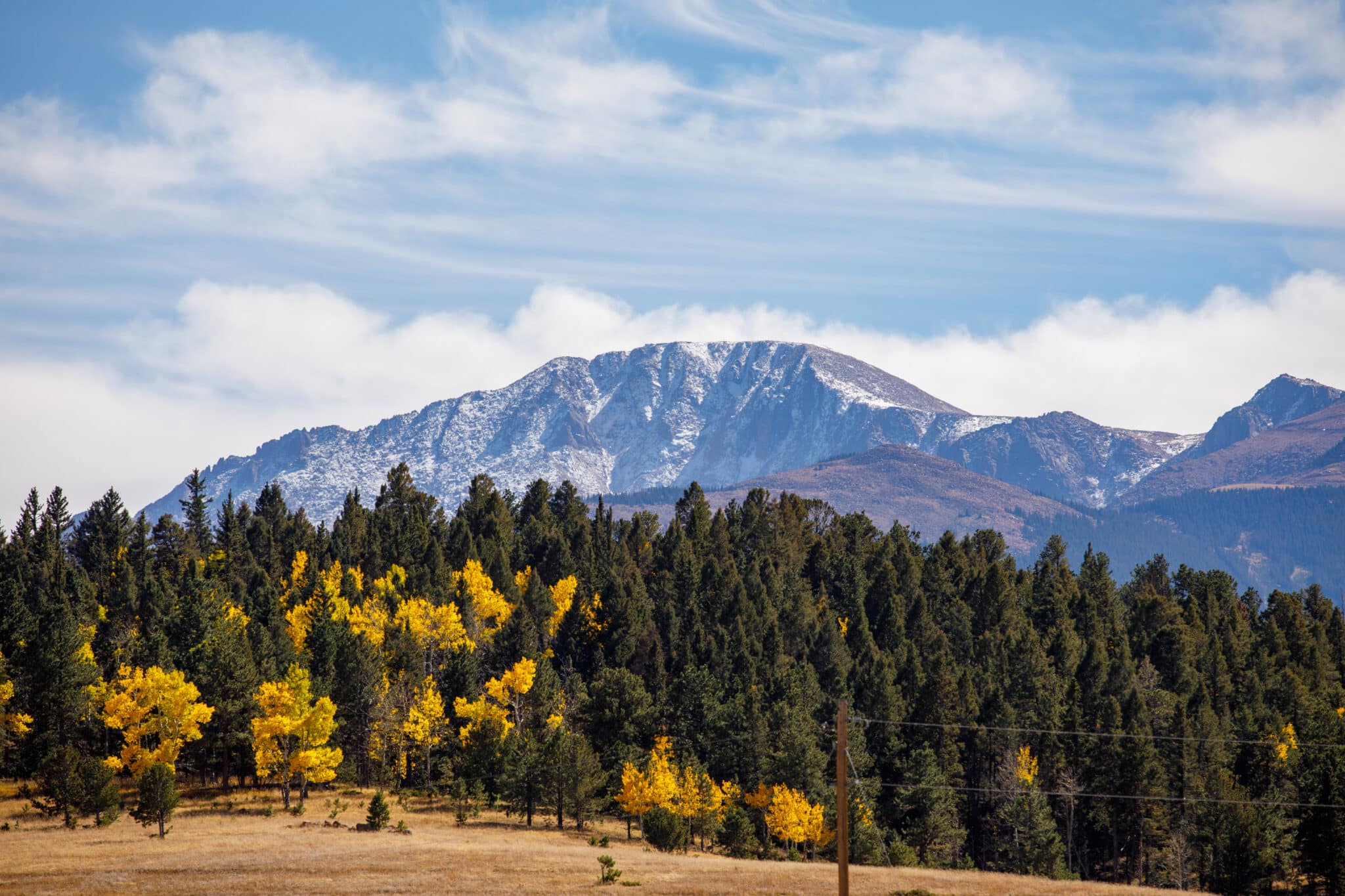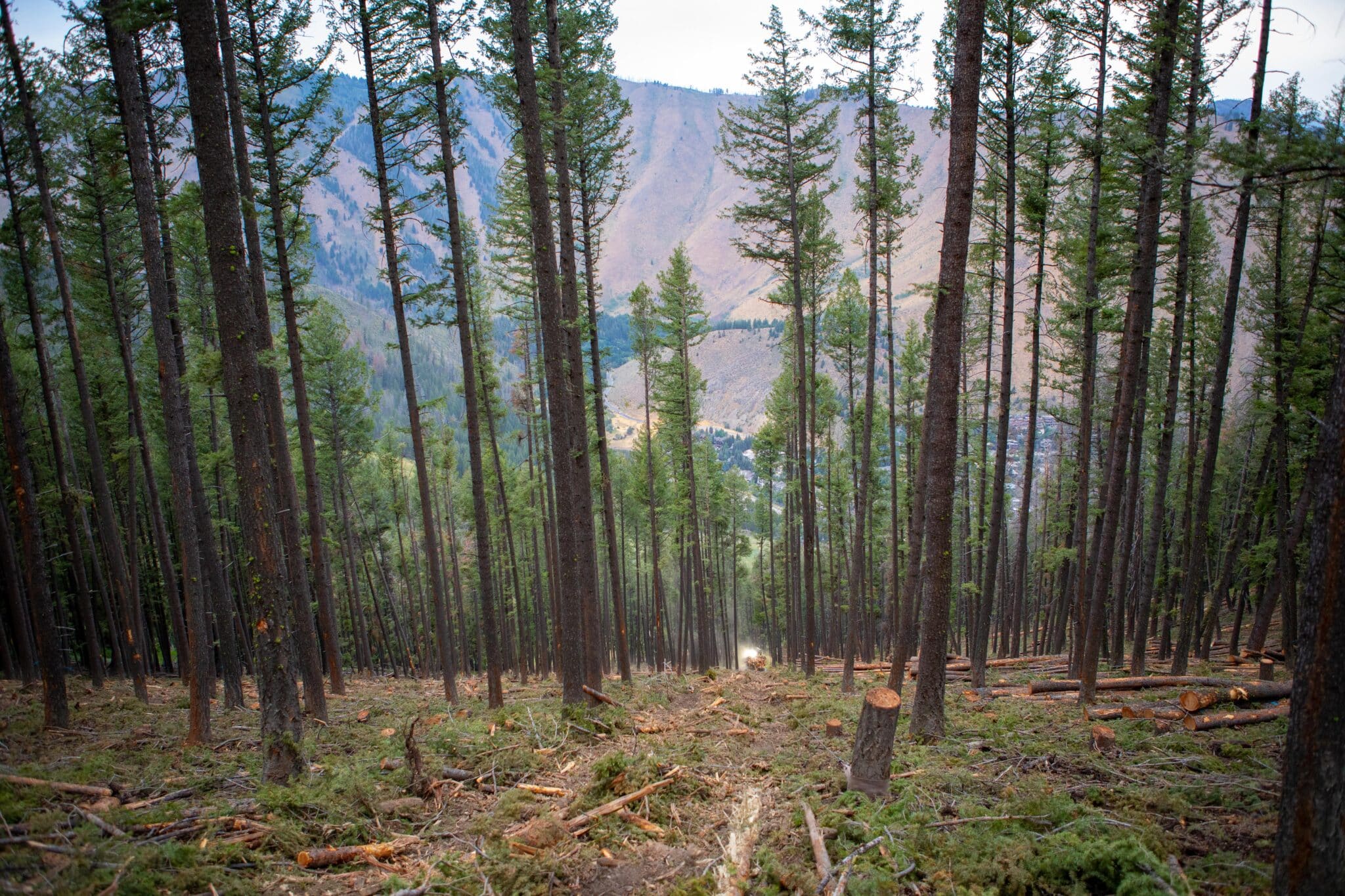OUR SPECIAL SERVICES
Mountain Services
Our Mountain Services Division uses our existing Cut-to-Length (CTL) harvesting equipment and its unique capability for working on steep, sensitive terrain with minimal impacts to craft and employ a unique management strategy for ski area applications. This Division is headed by Jeff Walters, who has a career of experience in the ski industry and is in-tune with the challenges and needs common in mountain recreation industries.

Mountain Services specializes in a variety of management activities, including but not limited to:
Mastication | Glade creation | Ski trail clearing | Lift line clearing | Forest health projects | Second growth clearing | Noxious weed management | Delimbing & fuels reduction | Dead tree processing and removal | Hiking and biking trail construction | Thin trees on steep terrain with minimal soil impact | Chipping residual slash and non-desired woody material | Prescribed fire application and direct wildfire suppression | Wildfire and sawyer training for mountain industry personnel

This work results in increased recreational opportunities that directly benefit the landowner, mountain user and managing organization by effectively balancing silvicultural objectives with sustainable forest management.
The Mountain Services Division of Miller Timber Services grew out of a visible need to treat landscapes where people and infrastructure were at a heightened risk from natural disasters such as fire, post-fire flooding, insects, disease, drought and other disasters. When implemented successfully, these projects create resilient landscapes that provide a suite of benefits. This work has been completed for multiple organizations across the western United States, with most of them noting not only the visually-appealing final product, but also the safety benefits to their users and staff, as well as the overall health of their mountain landscapes. Many of these projects require collaboration among multiple different public and private entities, with Mountain Services often providing professional forest management input and guidance throughout the planning and operational process.
Each project undertaken gets a high level of attention/focus in order to thoroughly understand the needs of the project and desired outcomes. The same team that puts together a sustainable forest management prescription will be the same team that oversees the project during its operational phase, helping to maximize efficiency and completion of objectives.
Why choose Mountain Services?
We understand there are many demands for an organization’s resources and those need to be invested and allocated efficiently.
Mountain Services can be an effective solution for your forest management needs when considering these major areas:
Management plans consisting of heavy tree removal require no personnel to be on the ground when felling or extracting most trees. This extremely dangerous work is all completed from the safety of a purpose-built machine and cab, with safety and control measures in place to also ensure safety of surrounding personnel. These machines also have the ability to safely fall most previously-identified hazard trees that would otherwise require hand-felling via a chainsaw and chainsaw operator.
Many projects we undertake are projects where a helicopter or cable-yarding operation are the only potential treatment alternatives. Cable-assisted, or tethered, CTL operations can be an attractive alternative from a financial standpoint as it only requires two operators (compared to as many as eight in a cable-yarding operation) and can be much more cost-effective than a helicopter operation due to the higher operating expense of a helicopter.
Successful projects are often predicated on the efficient removal of fuels. This means removing as much of the non-desired material as necessary. When combined with a robust marketing approach for the logs generated on a project, we can successfully remove a large portion of harvested material to markets and often boast better utilization of individual trees than conventional systems. Implemented across a landscape level this means a significant reduction in fuel loading as a result of forest operations.

